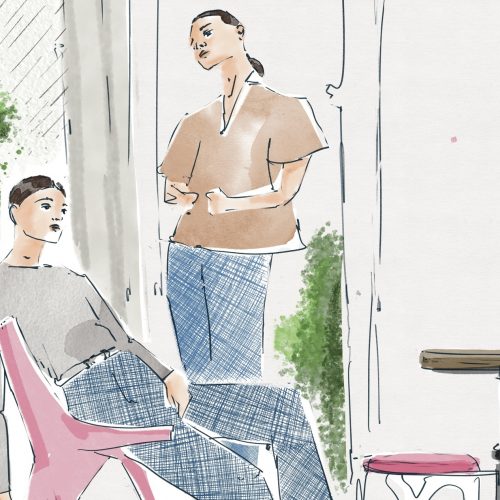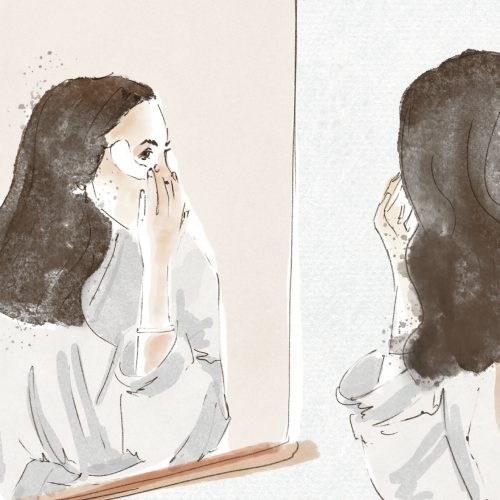How To Save Our Oceans
Our oceans cover over 70% of our planet and are one of our most precious natural resources. As well as providing a home for most living organisms on earth, they are responsible for our weather, air purification and the water cycle we depend on for survival. Sadly, human lifestyle choices have had a catastrophic impact on the seas and our actions are causing them to degrade rapidly. 80% of the waste in our oceans comes from the land, inclu- ding our own bins. The pollution we are responsible for has created dead zones in the oceans where it is now impossible for marine or plant life to exist. Claire O’Loughlin from Ocean Remedy and Alex Koch from the Life Cycle Initiative at the United Nations Environment Department kindly provide their valuable insight into the current state of our oceans and what we can do to save them.
To receive the Luxiders newsletter, sign up here.
CLAIRE: “There are so many stresses on our ocean, none can be identified as the greatest problem. However, when combined, the pressure on our ocean is immense.”
ALEX: “I fear that at any given moment in time the conditions of the ocean will reach a tipping point of no return at which it will commence to deviate towards a very harsh and lifeless state. We as a human species are currently on route to be the cause of such a tipping point, which will mean the extinction of a countless number of species. One species being the cause of the extinction of millions of others is a scary thought.”
We are constantly generating an array of ocean pollution by producing carbon emissions, waste, oil and noise. Burning fossil fuels pollutes the oceans just as much as the air and leads to ocean acidification, implica- ting the ocean’s natural chemical balance and destroying marine ecosys- tems and the coastal economies that depend on them. Ocean waste takes a very long time to degrade: Styrofoam takes 80 years, aluminium takes 200 years and plastic takes 400 years. This waste is harmful to marine ecosystems and is often mistaken as food by marine animals, causing them to die of starvation. Over 100,000 marine animals die every year from plastic entanglement and ingestion. Runoff from the land as well as transport across oceans causes oil and other chemicals to collect in the oceans, damaging fish and wildlife habitats. We also damage the ocean with noise; sound waves travel further and faster in water than in air and disrupt communication between marine wildlife, hindering their ability to eat, mate and navigate.
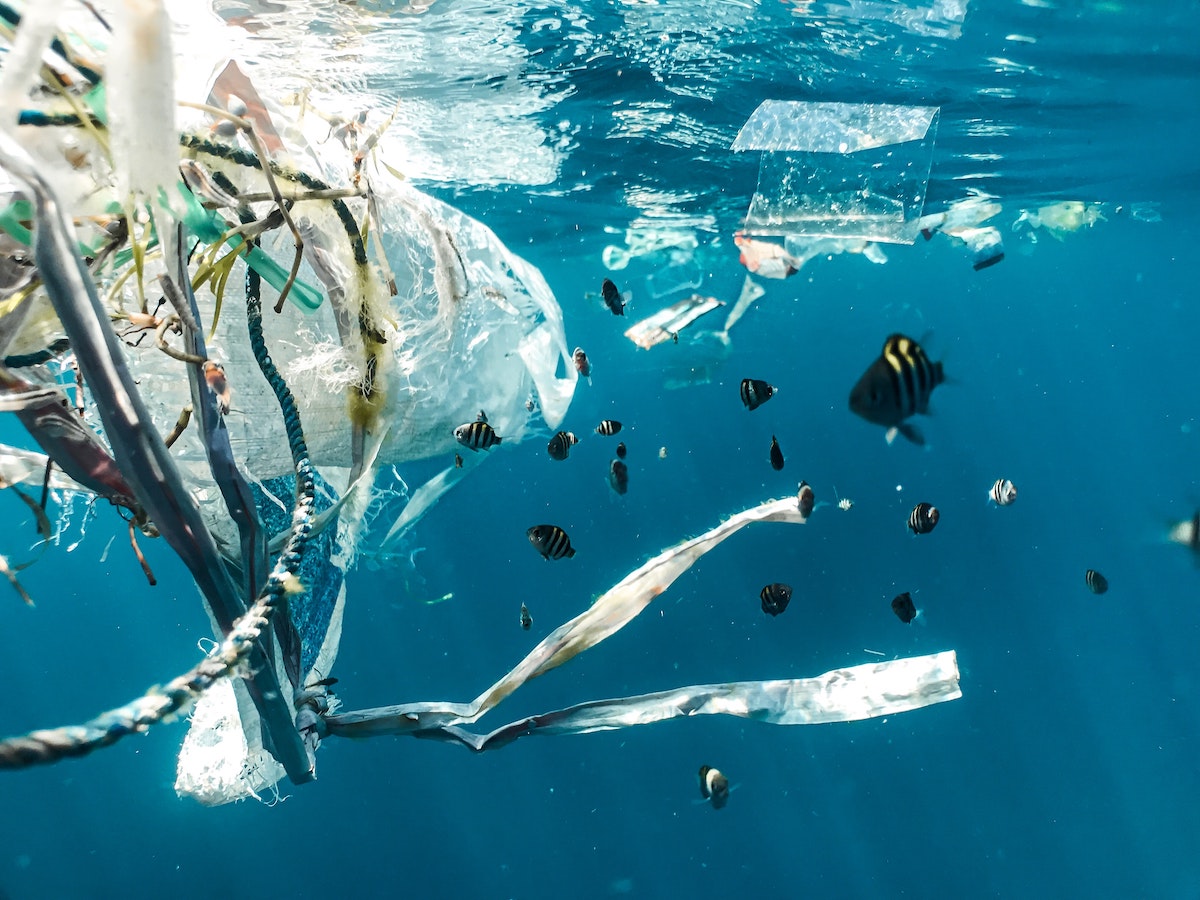
CLAIRE: “Global warming, associated acidification of our ocean, general pollution, run-off and spills, microfibre pollution, eutrophication (excess nutrients from fertilisers etc), over fishing; we are building the perfect storm.”
Plastic is now the most common element in our oceans. Roughly one truckload of plastic enters our oceans every minute. While the 5 most common items found in coastal clean-ups are plastic cigarette butts, food wrappers, plastic bottles, plastic bottle caps, and plastic straws and drink stirrers; microplastics, which are harder to identify with the naked eye, saturate our oceans. Ocean Remedy identified that the most prevalent microplastics are polyester, acrylic and nylon microfibres (Fashion and Microplastic Pollution, Ocean Remedy 2018). These microfibres resemble those used in textile production, predominantly to fuel “fast fashion”. Supportive of this, they also identified a correlation between microfibre pollution in seawater and synthetic fibre production. In addition, they found that microfibre plastics now exist throughout our oceans including in the deep sea, in Arctic ice cores and ingested by fish. This highlights the unavoidable fact that our individual lifestyle habits make a difference. The materials we buy and how we wash them or dispose of them has a significant impact on the wellbeing of our oceans. In fact, Ocean Remedy discovered that it is possible to restrict our oceanic microplastic pollution by amending our laundry techniques, enabling appropriate disposal of microplastics and by choosing textiles made from natural fibres. Whilst this can be difficult, particularly as synthetic materials are often cheaper, and in the case of swim and activewear fabrics where elasticity and durability are desired, there are ways in which we can reduce our microplastic production such as by choosing recycled materials and using a laundry filter bag.
ALEX: “We often forget about the life cycle impact certain goods and services have on the environment. As consumers, we only ever partially see the impact during the use phase and therefore forget about the impact in other product life stages, such as during the raw material extraction, product production or the end of life. Yet, when buying a good, we are just as responsible for the impact caused in all the other life cycle stages. To give an example, let’s consider a textile product. Hypothetically speaking, this textile product is produced in the Southeast Asia region, is bought and used in Europe, and eventually ends up in Africa for second use and disposal. Many developing countries in Southeast Asia do not have proper water treatment regulations that enforcement standards on the textile industry, allowing many toxic chemicals to end up in nearby rivers and eventually in oceans. During use in Europe, it is possible for synthetic-based textiles to release microplastics during washing processes. These microplastics even make its way through advanced European water treatment facilities and into the ocean.”
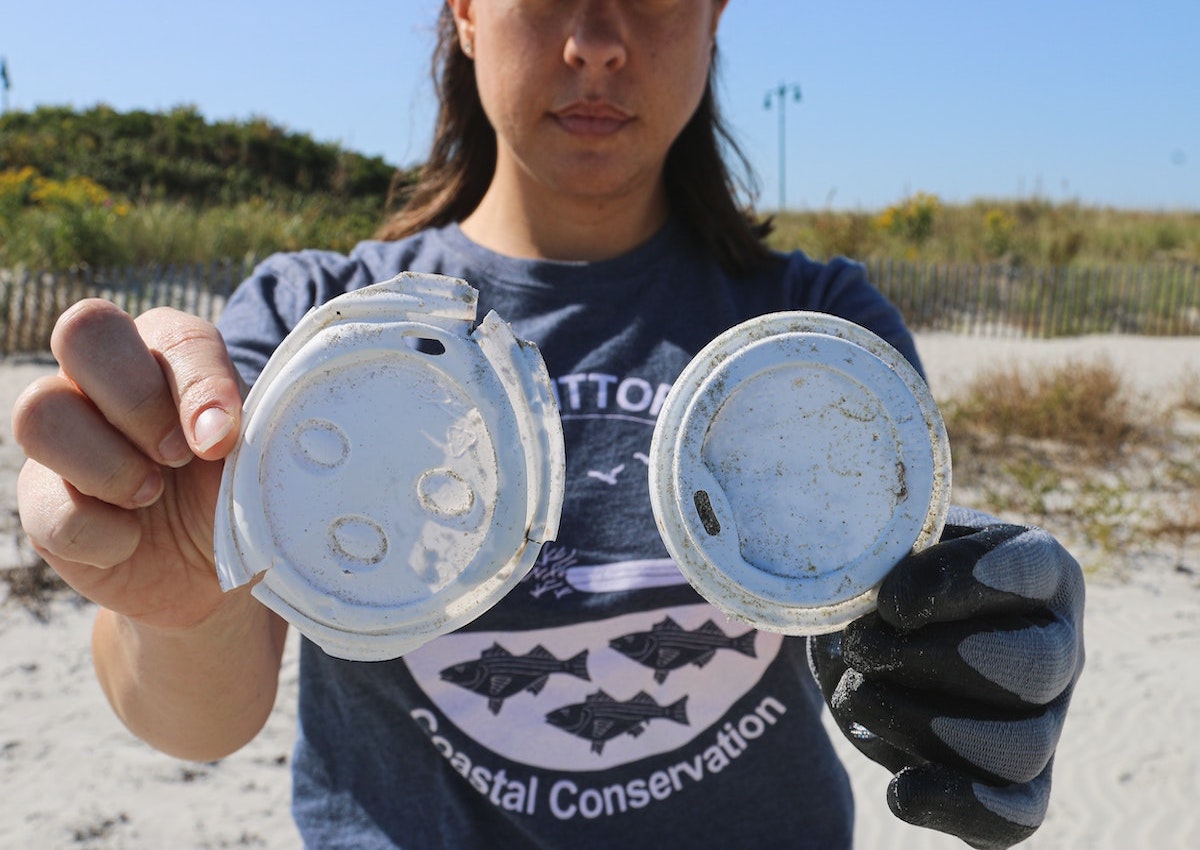
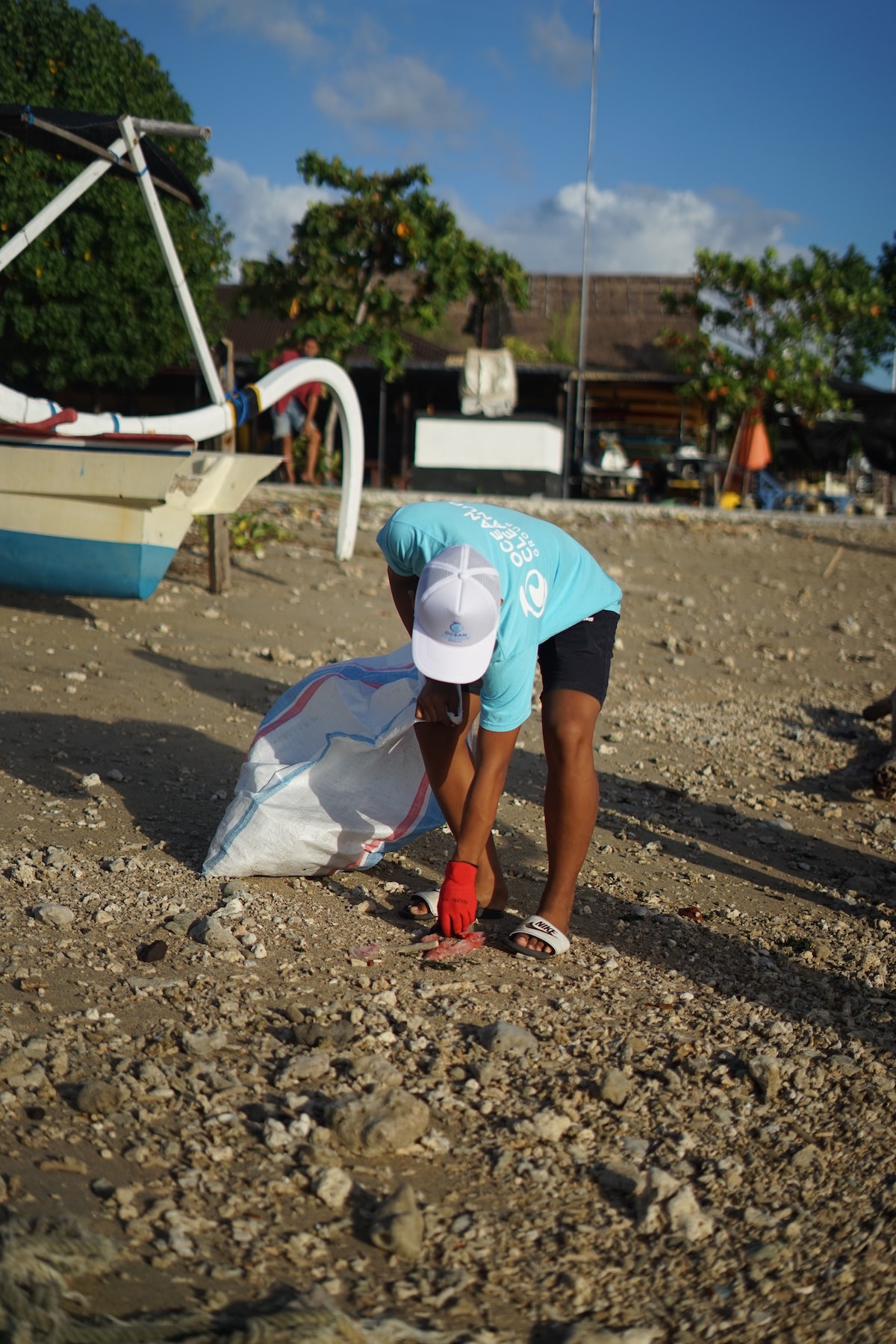
CLAIRE: “Being the final destination for all water ways and drains, our ocean receives effluent from each step in the fashion production chain from our purchases. If we are choosing natural fibres, detrimental effects come from pesticides and fertilisers applied to crops, or treatments and antibiotics applied to animals, then bleaches and chemicals in the many steps from a fibre to a textile. Additionally, many plant-based fibres tend to be thirsty and are frequently grown in areas with inadequate natural water supply. If we are choosing synthetic fibres, the issues become fossil fuel based, with associated air pollutants and global warming potential. These also come with the alarming microfibre pollution levels. Meanwhile, perhaps the greatest unknown are the additional coatings that come to give our garments that fresh new feeling, in the form of chemicals such as formaldehyde, antibiotic and antifungal treatments, heavy metals, dye/mordant residues that can be as much as 2-8% of the garment’s weight. These get washed off in our laundry, and ultimately find their way to the sea. However, being focused on microfibre pollution, my personal concern is that lycra/ elastane/spandex (a polyurethane product) is incorporated into 80% of all garments. Especially your favourite organic cotton underwear. In terms of reducing microfibre pollution, it’s all about reducing the friction and damage on your clothing. Washing cool (less than 30 C), using a liquid detergent and using a front load washer lead to a 70%, 40% and 480% reduction in microfibres respectively.”
We are responsible for damaging our oceans and it also lies in our responsibility to repair them. Individual efforts can accumulate to have a significant impact. Reducing you carbon footprint, picking up litter whenever and wherever you can and disposing of it properly, separating trash and recycling appropriately, avoiding single use plastic and excessive packaging, reusing as much as possible and educating those around you to do the same will instigate a change in mindset and behaviour.
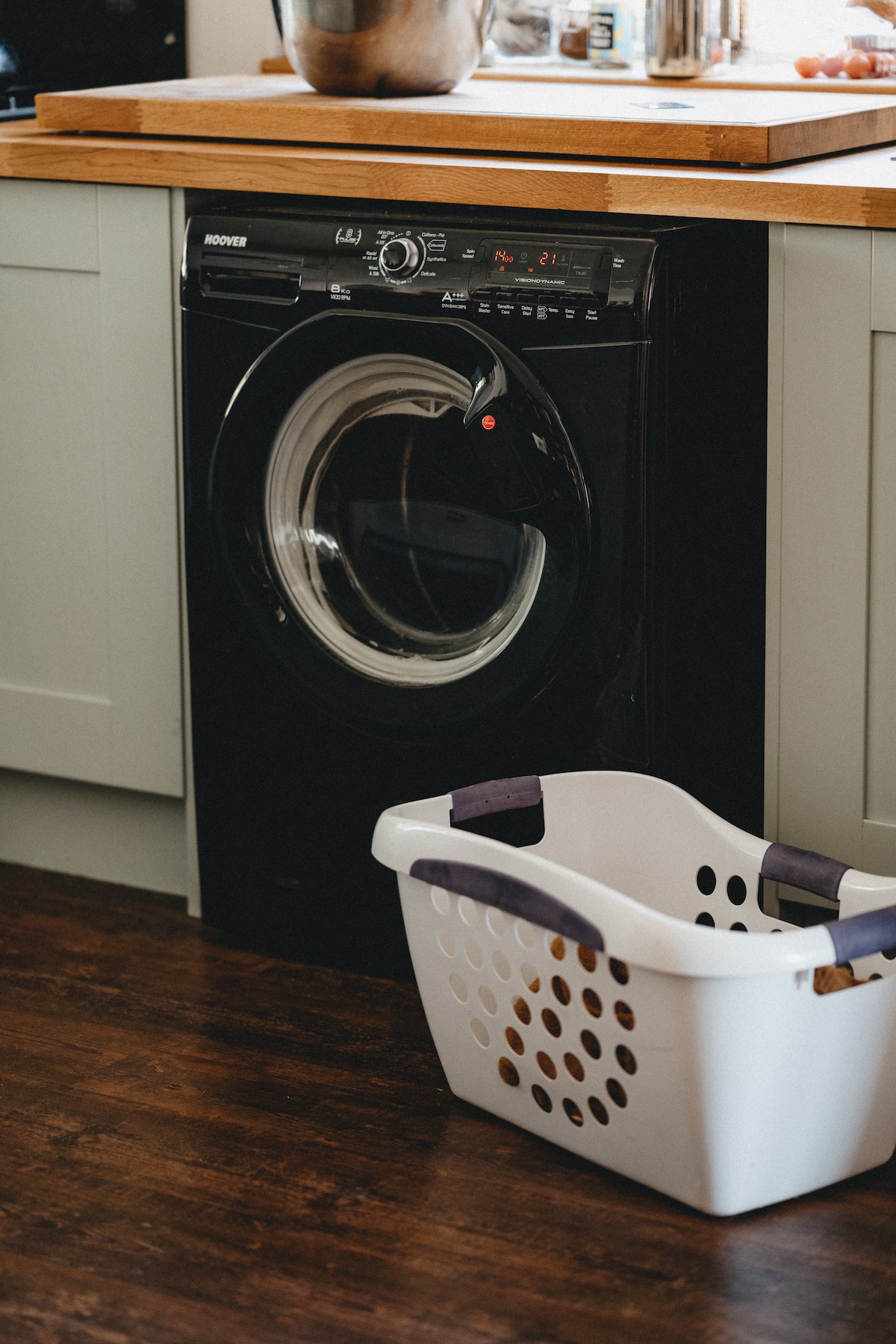
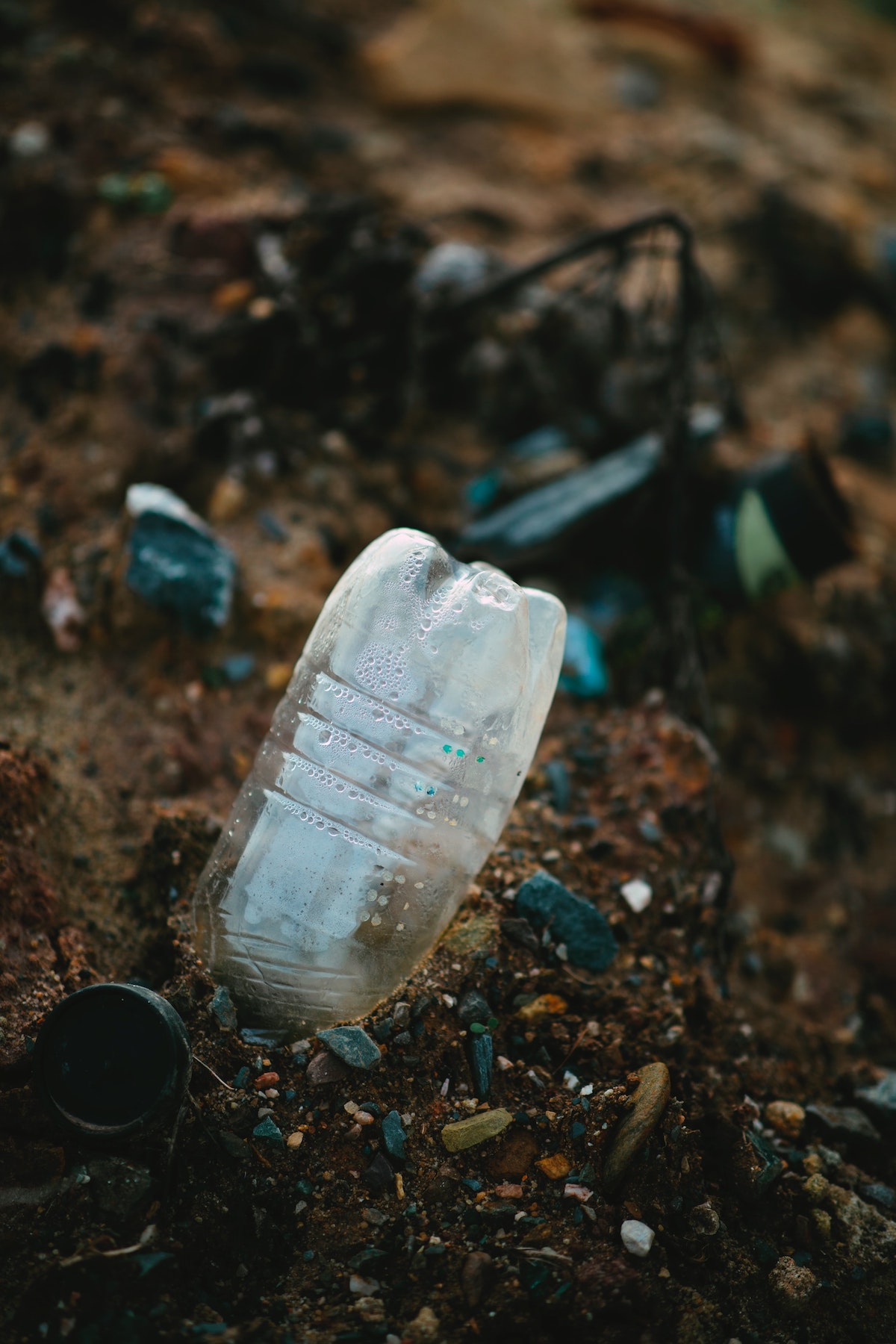
ALEX: “Having a life cycle perspective can really allow a more entire understanding of the impacts on marine environments and I recommend everyone to adopt life cycle thinking when considering the purchase of goods and services. Also, simply buy less. In some regions, our consumer habits have become excessive. We need to be able to differentiate better between “needs” and “wants” and live more simple lifestyles. When you are aware of certain environmental impacts of products or services, be sure to communicate it to others and share how you are managing to avoid the occurrence of those impacts.”
CLAIRE: “Know the little things you do choosing natural fibres, wearing your garments longer, buying quality over quantity, washing synthetic garments in a filtering laundry bag like Guppyfriend absolutely makes a difference, and share that information within your circle of friends, family and associates. Taking action and sharing information and ideas truly draws positive energy, conversation and solutions towards you. The idea that someone else will take action for us is the greatest threat to our precious natural environments. Now is the time to act. We know what the problem is, we know how to remedy it, now is our opportunity to reverse as much damage as we can and contribute no more. We need to invest 5% in clean up, 95% in doing better.”
Words: Yasmin Razzaque


